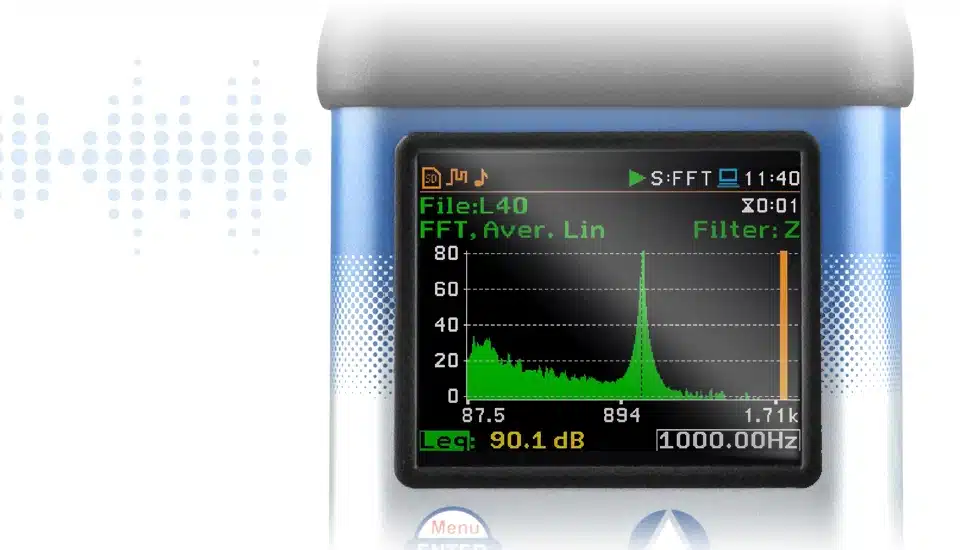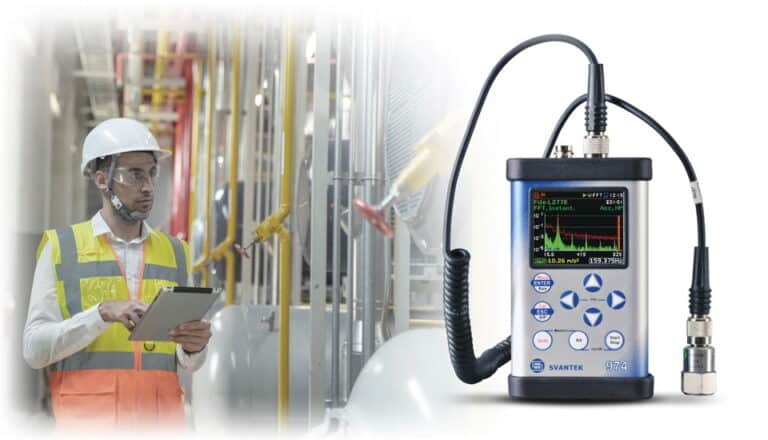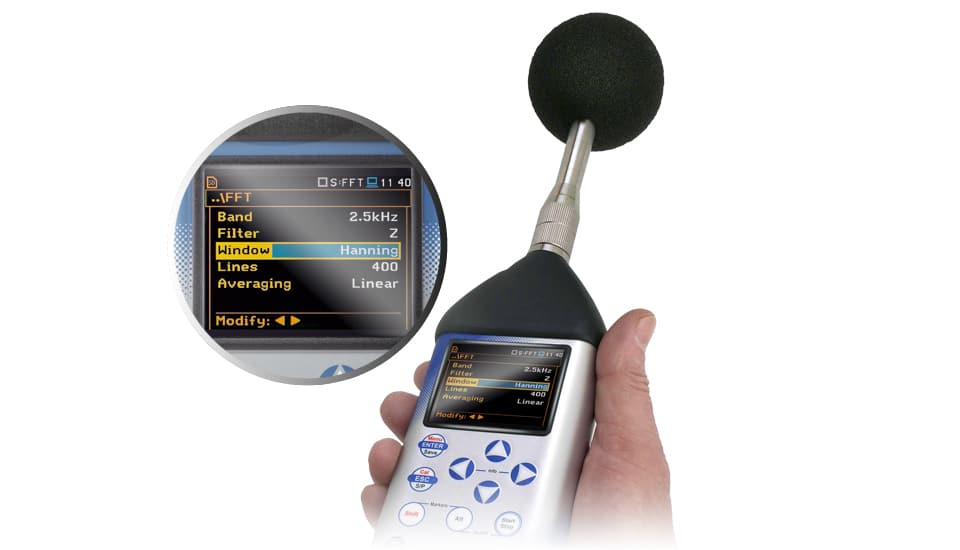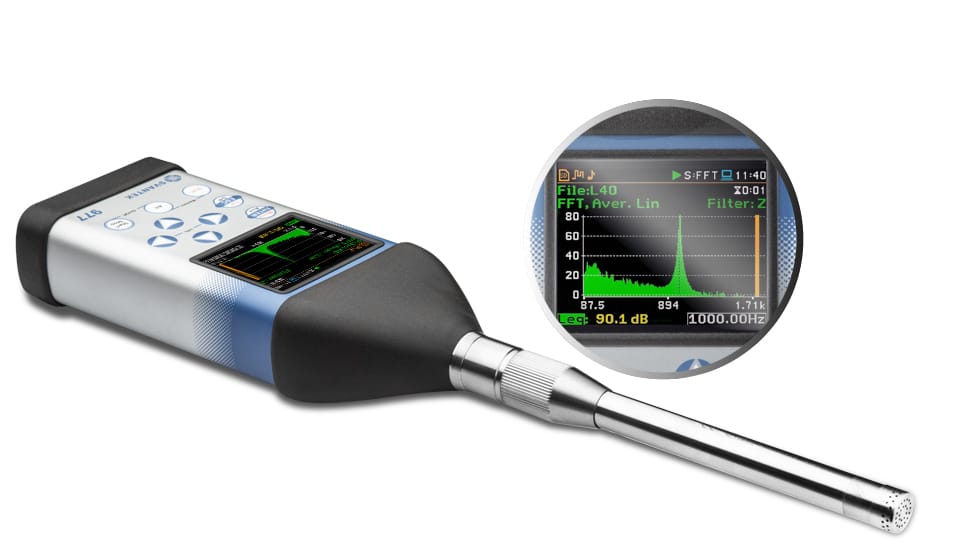FFT Fast Fourier Transform allows the decomposition of signals into their constituent sinusoids, enabling analysis in the frequency domain.
The FFT Fast Fourier Transform is an algorithm used to compute the discrete Fourier transform (DFT) and its inverse more efficiently. The DFT is a transform used in signal processing and image processing, among many other areas, to transform a discrete signal into its frequency domain representation. The FFT speeds up the computation process of the DFT, allowing it to be used in real-time applications and for large datasets.
The FFT was co-discovered by James W. Cooley and John W. Tukey in 1965. While the algorithm was certainly a breakthrough, it should be noted that many of its foundational ideas had been around for some time, but Cooley and Tukey’s work brought it to prominence in the digital age, especially with the rise of digital computing. Their version of the algorithm greatly reduced the computational complexity of processing large datasets, making digital signal processing more feasible and efficient.

The FFT is an optimized algorithm designed to quickly compute the Discrete Fourier Transform (DFT) and its inverse. The advantage of the FFT lies in its efficiency. While a direct computation of the DFT requires O(N^2) operations (quadratic time), the FFT algorithm allows the same computation in O(N log N) operations, which is a significant speedup for large data sets.
The FFT (Fast Fourier Transform) algorithm is used in a wide range of applications because it can convert a signal from its time domain to its frequency domain, and vice versa. Understanding the frequency components of a signal can provide valuable insights into the nature, behavior, and properties of that signal.
What is the FFT equation?
The FFT is an algorithm that efficiently computes the DFT, so the equation is the same as the DFT equation. However, it’s worth noting that there are many different FFT algorithms (e.g., radix-2, split-radix, etc.), and each one has its own specific steps and intricacies.

What is the DFT?
DFT Discrete Fourier Transform is a powerful mathematical tool used to transform discrete, periodic signals from their time-domain representation to a frequency-domain representation. This allows for analysis and manipulation in the frequency domain before potentially transforming back to the time domain with the inverse DFT. The DFT, which the FFT computes efficiently, is defined for a sequence x[n] of length N as:

Where:
e is the base of the natural logarithm (approximately equal to 2.71828).

There are many FFT applications:
There are many benefits of using FFT in various applications:
Fourier Transform is a broader mathematical concept used to transform signals between time (or spatial) and frequency domains, the Fast Fourier Transform is a specific, optimized algorithm to compute the DFT, which is the sampled version of FT, in a faster manner.
The Fourier transform decomposes a waveform into a sum of sinusoids of different frequencies. This means that the Fourier transform represents the same information as the original waveform, just in the frequency domain (as opposed to the time domain). The methodology of Fourier transform analysis is essential for effective problem-solving in many engineering and scientific contexts. Visually, the Fourier transform is represented by a diagram indicating the amplitude and frequency of each sinusoid. The equation below represents the continuous-time Fourier transform. The equation captures how any continuous-time signal can be represented as a sum (integral) of sinusoids of all possible frequencies:

Where:
The Fast Fourier Transform (FFT) can be applied in both real-time and post-processing contexts. The distinction between the two primarily depends on the application and the specific requirements of the task at hand.

Measuring the FFT (Fast Fourier Transform) involves capturing a time-domain signal and then transforming it into the frequency domain to analyze its frequency components. Here’s a basic step-by-step guide on how to measure FFT:
To measure FFT, you might use various equipment and tools:

An FFT analyzer, or Fast Fourier Transform analyzer, is a device that provides frequency analysis of signals, commonly used in audio, vibration studies, and various other applications. It uses the FFT algorithm to transform a signal from its original time domain into the frequency domain. Here’s a more detailed breakdown of what an FFT analyzer does:
Spectral Leakage is a phenomenon that can skew the results of an FFT analysis. When performing an FFT, there’s an inherent assumption that the signal in the time record repeats indefinitely. However, this assumption is violated if the number of cycles of the signal in that record is not a whole number (nonintegral). This discrepancy between the assumed repetition and the actual signal can lead to spectral leakage. Spectral leakage can smear the energy from a specific frequency across adjacent frequency lines or bins, making the result less accurate.
Both anti-aliasing and the Nyquist frequency are crucial concepts to understand when sampling signals and performing FFT (Fast Fourier Transform) analyses:
When sampling a continuous signal to obtain a discrete signal for digital processing (like FFT), the Nyquist theorem (or Shannon-Nyquist sampling theorem) states that the sampling frequency must be at least twice the highest frequency present in the signal to be able to fully represent and later reconstruct the original continuous signal without any loss of information. The highest allowable frequency in the signal, which is half the sampling rate, is the Nyquist frequency. Mathematically, if fS is the sampling frequency, the Nyquist frequency fN is: fN=fS/2
To prevent aliasing, an anti-aliasing filter is employed. This filter is an analog low-pass filter applied to the signal before sampling. Its purpose is to attenuate or eliminate frequencies in the signal that are higher than the Nyquist frequency, thus ensuring that the sampled version of the signal doesn’t contain misleading frequency information. By doing so, it ensures that the discrete version of the signal is a true representation of the continuous signal up to the Nyquist frequency.
In the context of FFT: When performing an FFT on sampled data, if the data has not been sampled correctly (i.e., at a high enough rate) or if an appropriate anti-aliasing filter hasn’t been applied, the resulting frequency spectrum can contain aliased frequencies. This can lead to incorrect or misleading interpretations of the signal’s frequency content.

Averaging in the context of FFT is used to enhance the signal-to-noise ratio and provide a more accurate representation of the spectrum, especially when analyzing non-periodic signals like noise or music.
FFT (Fast Fourier Transform) applied to audio refers to the process of converting an audio signal from the time domain to the frequency domain. This transformation enables us to see the various frequency components (bass, midrange, treble, etc.) present in an audio signal at any given time. For instance, when analyzing a piece of music, an FFT will break down the signal to show how much energy exists at each frequency. This could reveal the low-frequency thump of a bass drum, the mid-frequency tones of a guitar, and the high-frequency sizzle of a cymbal, all at the same time.
An FFT Audio Analyzer is a tool or device that applies the FFT to audio signals, allowing users to visualize the frequency content of the signal. This visualization is often in the form of a spectrum, where the x-axis represents frequency (from low to high) and the y-axis represents amplitude (often in a logarithmic scale like dB). FFT Audio Analyzers are used in a range of applications:
The human range of hearing is generally considered to be from 20 Hz to 20,000 Hz (or 20 kHz). So, when an FFT Audio Analyzer is used to analyze audio signals meant for human consumption (like music or speech), the frequency spectrum will typically focus on this range. It’s worth noting that while we can hear in this range, our sensitivity to frequencies is not uniform. Humans are most sensitive to frequencies between 2 kHz to 4 kHz and less sensitive to very low and very high frequencies. An FFT Audio Analyzer will represent all frequencies based on their actual energy in the signal, not how humans perceive them.
The use of windows is crucial when performing FFT-based measurements. Windows helps in mitigating certain issues inherent to the nature of FFT and the properties of the signals under analysis. A windowing function is a mathematical function that is applied to the signal to mitigate the effects of spectral leakage. Different windows have different properties, and the choice of window affects the outcome of the FFT analysis. The text mentions three specific types of windows:
Different windows are suited for different scenarios.

FFT in Svantek instruments enables users to understand the frequency components of sounds or vibrations they are measuring. This is crucial for various applications, including noise and vibration assessments, troubleshooting, and more. In Svantek instruments, FFT (Fast Fourier Transform) is a computational algorithm that transforms a signal from its original domain (time domain) into its constituent frequencies. It provides a means to analyze the distinct frequency components of signals, facilitating detailed insights into the characteristics of sound or vibration measurements. The FFT functionality in Svantek instruments operates in conjunction with their Level Meter and can display results as spectra in a dedicated Spectrum view.
Svantek’s FFT capabilities are geared towards both acoustic and vibration analysis, making their instruments suitable for a variety of applications from environmental noise studies to industrial machine monitoring:

The FFT method in building vibration is described in German Standard DIN 4150-3. The method requires to perform FFT analysis for the Peak Particle Velocity (PPV), in the way that the middle of a FFT window is placed exactly on the PPV. The result of such analysis is the PPV value and its corresponding Dominant Frequency (DF) for each axis (X,Y,Z). Each pair of PPV and its DF are used as point coordinates that are compared with the limit curve.
Key Takeaways: